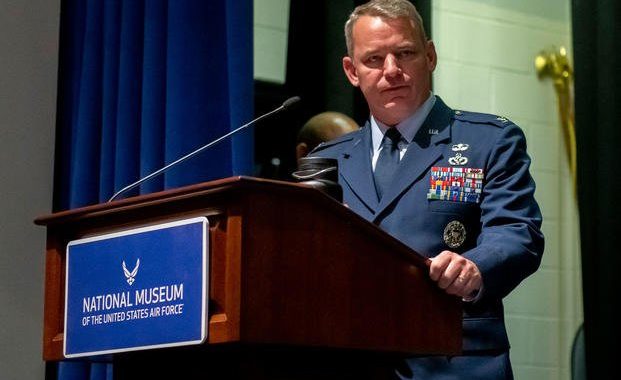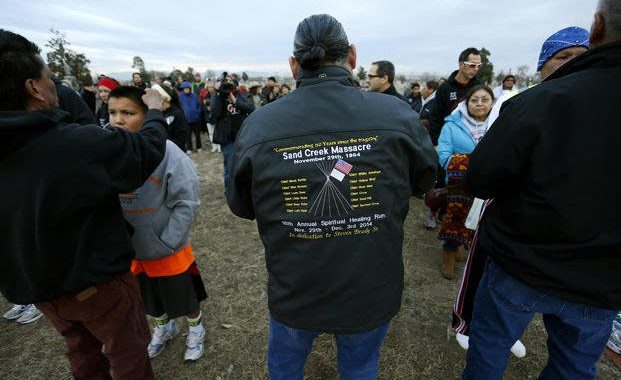Combat Arms Earplug Manufacturer 3M Must Stop Mistreating Veterans
3 min readU.S. Army soldiers plug their ears while conducting a mortar fire mission during Decisive Action Rotation 14-08 at the National Training Center on Fort Irwin, Ca.
Retired Army Chief Warrant Officer Dale Hoogeveen is the state commander of the Department of Minnesota Veterans of Foreign Wars. He served 22 years in the Army, working in the nuclear weapons field and Military Intelligence Corps.
Beginning in 2003, 3M sold an earplug called the Combat Arms to every branch of the military; they later became standard issue throughout much of the armed forces for soldiers deploying to combat zones such as Iraq and Afghanistan. In civilian life, people are rarely exposed to the types of high-decibel noises soldiers hear every day, the kind that can easily lead to major hearing loss if troops go unprotected.Earplugs are a crucial piece of a soldier’s uniform, and the military has invested millions of dollars to identity and better treat the hearing loss that service members historically would experience after serving their country.3M claimed that its earplugs were “revolutionary.” They had two sides: One would block all noise like a traditional earplug, and the other would protect troops from loud noises while allowing them to hold conversations and remain combat ready.But the earplugs never provided the protection 3M promised. Testing completed by the company’s own scientists revealed the earplugs were too short and would loosen, often imperceptibly to the wearer, letting in dangerous levels of noise.Rather than making the military aware of its findings, 3M continued to claim the earplugs provided troops with proper protection, while concealing evidence to the contrary. This pattern of acting with impropriety and impunity by the company caused hundreds of thousands of service members to suffer permanent hearing damage.Throughout the Veterans of Foreign Wars’ 122-year history, we’ve always played a critical role in advocating for the rights of wounded, sick and injured veterans. The VFW was instrumental in establishing the Veterans Administration, now known as the Department of Veterans Affairs, as well as in the fights for compensation for Vietnam veterans exposed to Agent Orange and veterans diagnosed with Gulf War Syndrome. Most recently, we pushed Congress to fulfill our country’s promise to take care of injured veterans by passing the PACT Act, granting benefits to service members exposed to toxic burn pits.Now, veterans across the country, including members of the Department of Minnesota VFW, are faced with a new and very different fight, stemming not from inaction by the federal government, but from misconduct by a private company.For more than a decade, 3M managed to avoid scrutiny, even as veterans returned home with hearing loss and tinnitus (ringing in the ears) at alarming rates. Eventually, 3M agreed to a settlement with the U.S. Justice Department to resolve allegations that it defrauded the government. And more than 230,000 veterans filed lawsuits against 3M, arguing their hearing damage was caused by the company’s decision to hide the truth.Which brings us to 3M’s latest transgression: Through a series of legal tricks, the company tried to eliminate veterans’ right to trial by jury — a constitutional right they fought for — by pushing them into bankruptcy court, where it could offer them pennies on the dollar. Thankfully, a federal bankruptcy judge put a stop to this, ruling that veterans can continue their cases in court against 3M.Over the last 18 months, juries have awarded millions in damages to veterans. 3M knows it has no defenses or excuses left, and that juries understand the truth. The question now becomes, what is 3M’s next move going to be?3M once again has the chance to step up and finally provide justice to the service members it harmed. In the face of lifelong hearing injuries, service members simply want a just solution.The VFW of Minnesota will be watching closely to see if 3M finally decides to do what is right.








